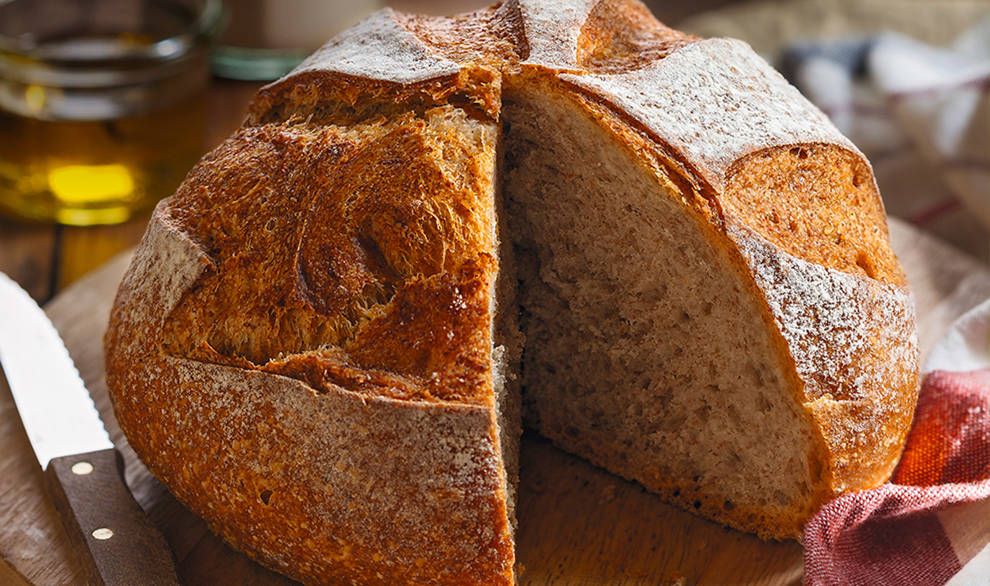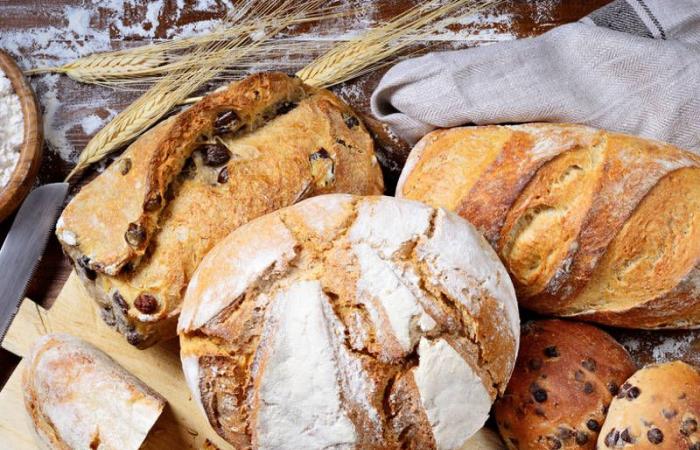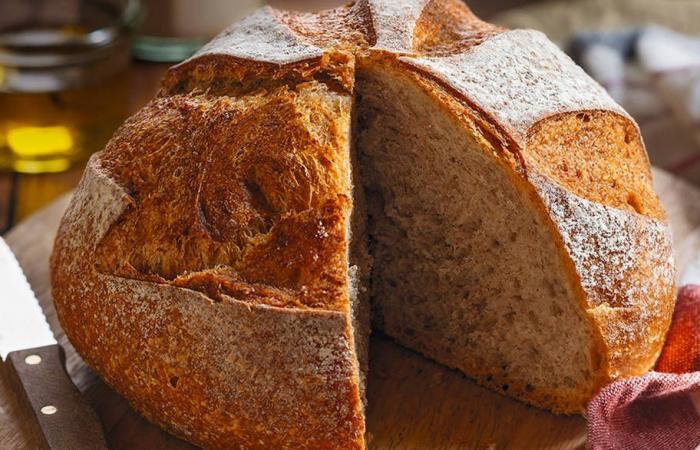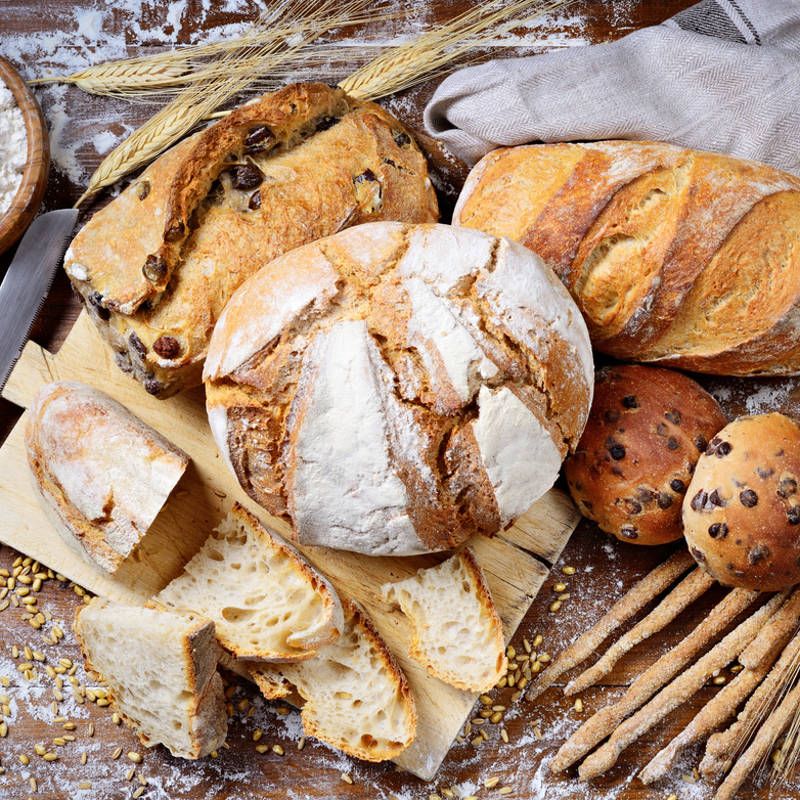There are people who find it unimaginable to eat without bread. So much so, that if they cannot accompany the meal with a slice of bread, they feel that that day has entered the category of “tragedy.” Leaving aside these extremes, the truth is that In Spain we eat a lot of bread. How much? According to the latest Food Consumption Report in Spain, prepared by the Ministry of Agriculture, Fisheries and Food, each Spaniard consumes an average of 27.9 kilograms per yearwith normal fresh bread being the most common variety in shopping baskets.
As a sandwich or to accompany it, bread, and specifically the variety known as white bread, is one of most people’s favorite foods. Now, in the face of the unanimity that exists regarding how delicious white bread is, we find a whole “army” of experts who detract from the consumption of this food, which they equate with the consumption of sugar, without further ado.
One of those voices positioned against white bread is that of Miguel Ángel Martínez-González, professor of Preventive Medicine and Public Health at the University of Navarra and one of the authors of Predimed, the most ambitious study that has been done on the Mediterranean diet in Spain. For the professor, “eating white bread is like eating sugar.” And, as he himself explains: “Refined flour is mainly starch and, as soon as it mixes with saliva, it becomes glucose.”
What do we eat… when we eat bread?


ISTOCK
The main ingredients of bread are refined wheat flour, water, yeast and salt. If we were to analyze industrial breads, such as sliced bread, sugars and fats would have to be added to that list, which improves the texture, flavor and conservation of the bread, in the same proportion as it worsens its nutritional quality.
Therefore, taking into account the ingredients of white bread, and especially the refined wheat flour, we have no choice but to refer to the explanations and warnings from experts about the effects of this food on people’s health.
Thus, refined wheat flour is the result of processes that remove most of the wheat bran and germ, leaving mainly the endosperm. This means that white bread lacks many nutrients that are found in bread made with unrefined flour.
Pros of the integral version


The drawbacks of white bread originate from refined flour, which means that if we eat bread whose flour is not refined, we will have avoided this problem. And it is important to emphasize that bread It is not a harmful food per se, Its disadvantages are located in the simple carbohydrates in refined flour, which increase the risk of diabetes and obesity.
On the contrary, the bread made with whole wheat flour preserves the bran and wheat germ, which is why it is a bread rich in fiber, which contributes to satiety, improves digestion and combats constipation. In fact, the fiber content of whole wheat bread makes it have a lower glycemic index, thus helping to maintain more stable blood sugar levels. It also contains more vitamins and minerals than white bread.
In addition, starch is a rapidly absorbed carbohydrate that has been linked in various studies to cardiovascular problems. It also causes significant blood glucose peaks that are very dangerous for diabetic people. The same does not happen with whole varieties.which have the germ and the bran, the parts in which the fiber and other important nutrients such as vitamins are concentrated.
Your weak points
Due to the refining process to which the flour used to make white bread is subjected, this food brings together several factors that make it not a very healthy option. Among the reasons that experts give for moderate the consumption of white breadwe highlight the following:
- High glycemic index. This means that your carbohydrates are quickly broken down and absorbed into the bloodstream, causing a rapid increase in blood sugar levels. This can lead to glucose spikes and energy crashes, which in turn can increase appetite and lead to overeating. Additionally, a high glycemic index has been associated with an increased risk of insulin resistance and type 2 diabetes.
- Risk of obesity. Foods high in refined carbohydrates, such as white bread, are high in calories but Since they do not provide fiber, they are not satiating. If consumed in significant quantities and you do not exercise, they contribute to excess calories in the diet and, ultimately, weight gain and obesity.
- Lack of nutrients. White bread is made from refined wheat flour, which has gone through a refining process that removes much of the bran and wheat germ. The bran and germ are the most nutritious parts of the grain as they contain fiber, vitamins (such as B complex), minerals (such as iron and magnesium), antioxidants and phytochemicals beneficial to health. In the refining process these valuable components are lost, leaving mainly the starch. As a result, white bread is nutritionally much poorer than whole wheat bread.
- Less satiety. Fiber is essential for feeling full. White bread contains much less fiber compared to whole wheat bread. When you eat foods low in fiber, you are more likely to you feel hungry again shortly after eating.











